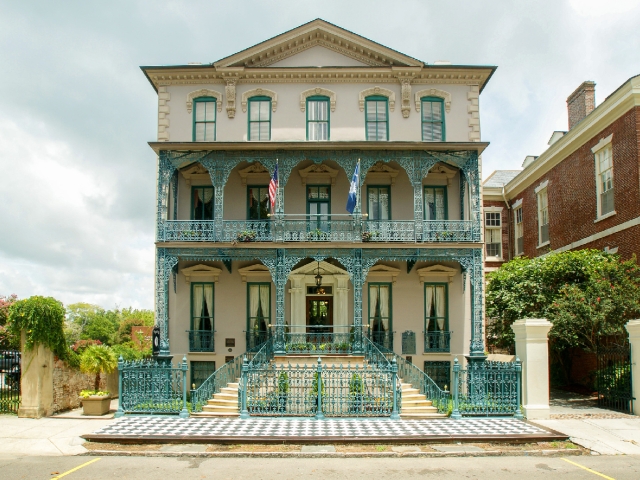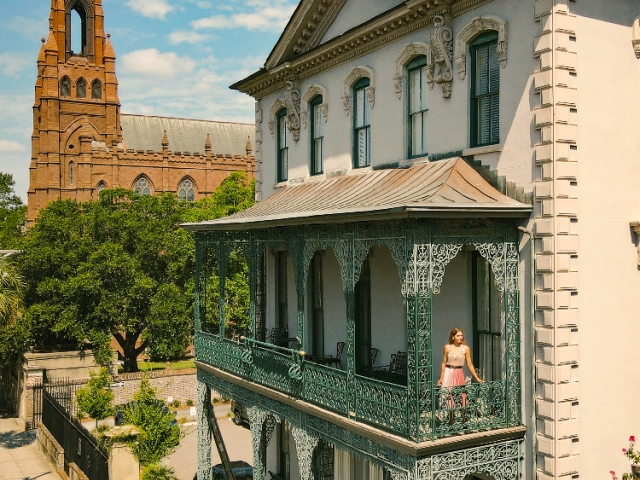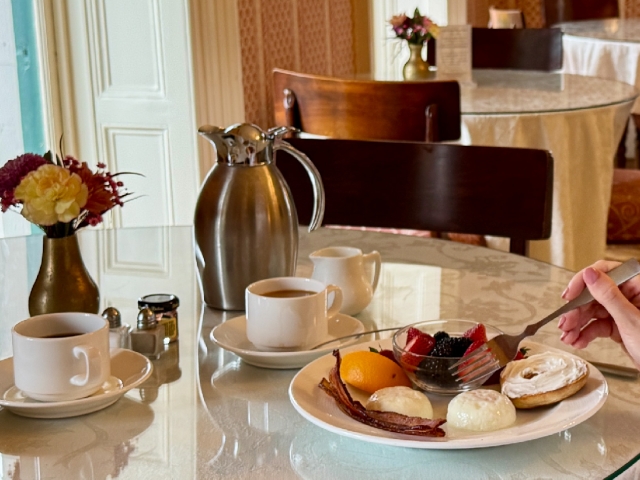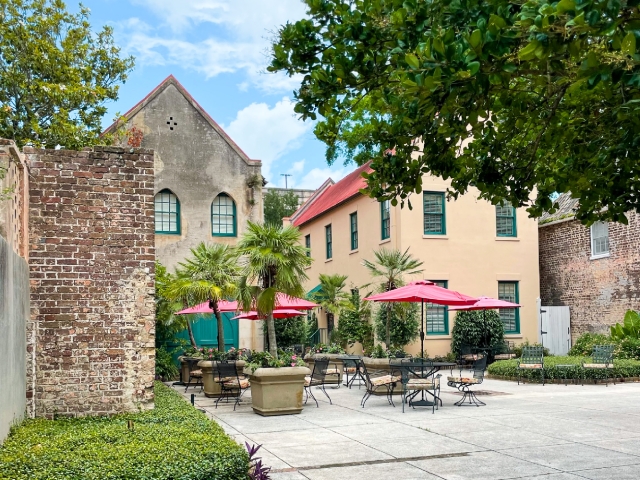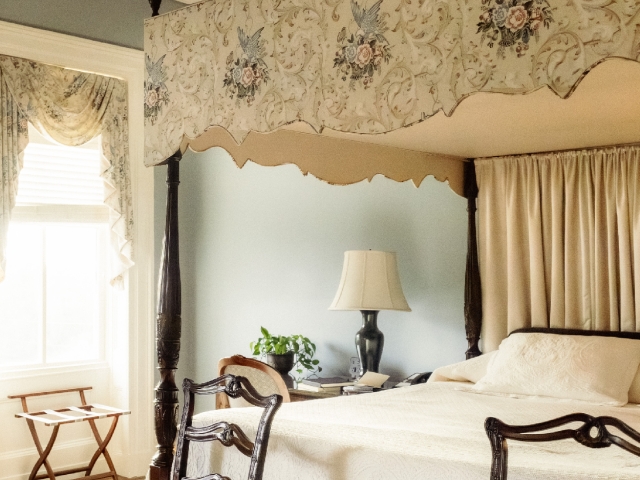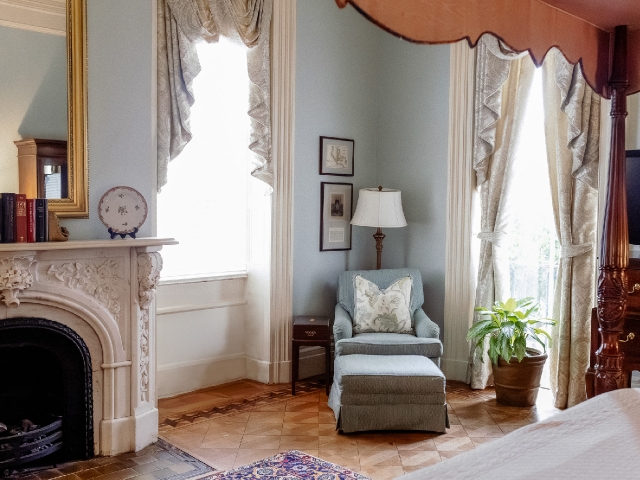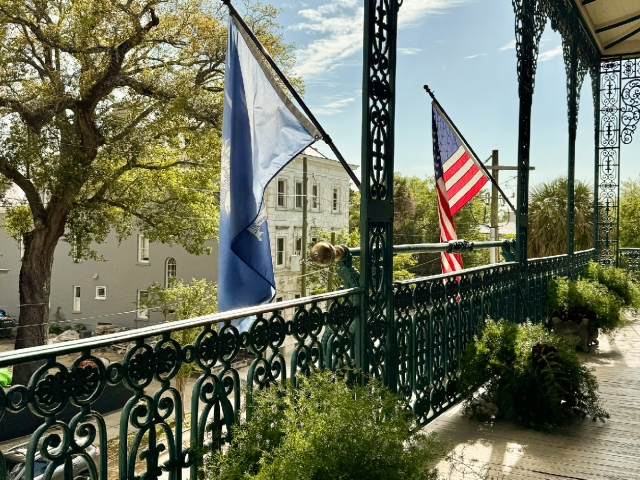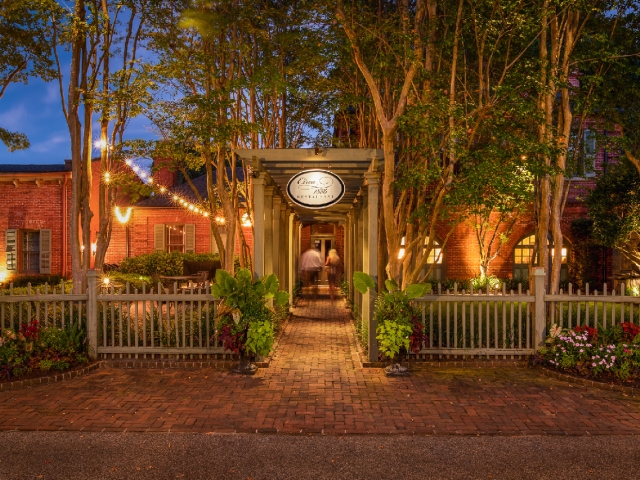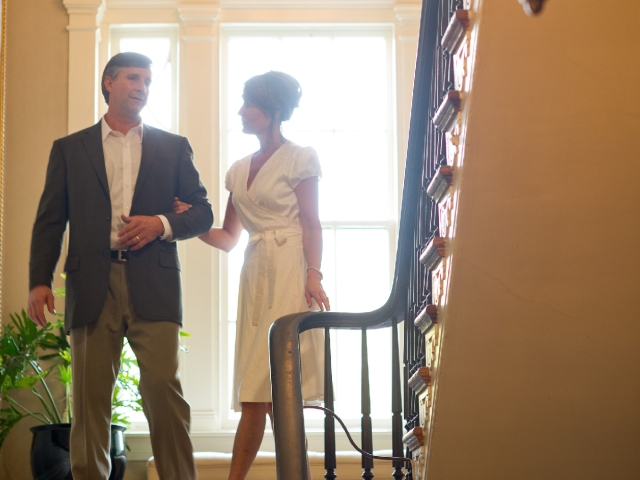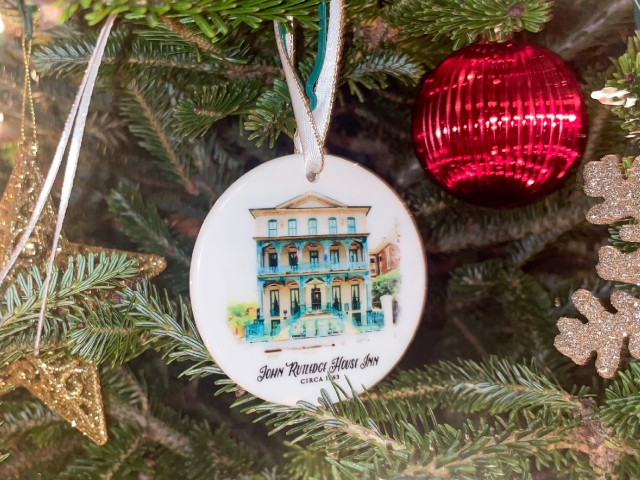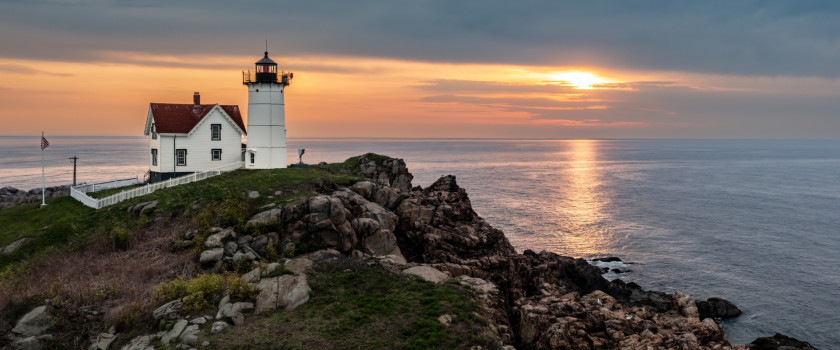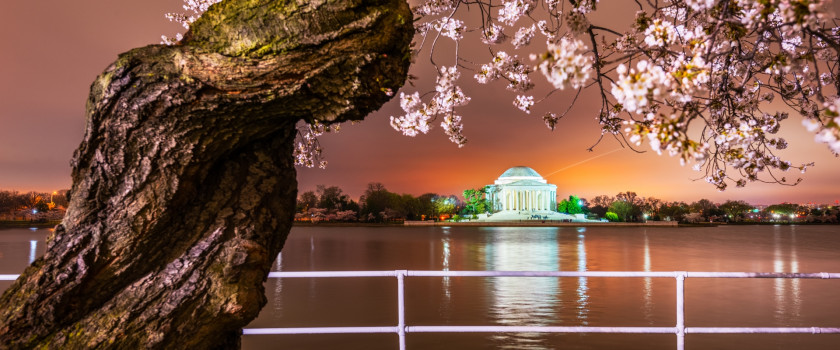7 of the Best Destinations for a Civil War Road Trip
Step Back in Time: Civil War Vacation Stops
Step back in time to an era in United States history that continues to fascinate scholars and history buffs to this day. Embark on the ultimate Civil War road trip full of history and breathtaking scenery. Visit famous battlefields, informative museums, notorious landmarks, and hauntingly beautiful cemeteries. What is it that draws you to this vein of history? Perhaps you can trace your family lineage to those who fought in this war. Maybe your interests just include war history and social politics. From Gettysburg National Military Park and Fort Sumter to the African American Civil War Museum and Arlington National Cemetery, you can find Civil War sites all across the U.S.
For the ultimate experience, stay in one of Select Registry’s historic properties! Whether your interests are strictly Civil War-related or extend to all of U.S. history, you’ll be enamored by our charming bed and breakfasts. Explore cities overflowing with history. Dine in halls that historical figures, like presidents and statesmen, once inhabited. Rest your head in homes that survived the War between the years 1861-1865, and that still stand today. Take advantage of this opportunity to learn about history from a first-hand perspective. What are you waiting for? The open road is calling.
South Carolina
1. Charleston, SC
Begin your road trip where the war began, in Charleston, SC. It's pretty surprising General Sherman didn't burn Charleston on his famous March to the Sea. The holy city is, after all, where the first Confederate shots were fired at Fort Sumter, a Union fort during the Civil War. Another Civil War fort worth visiting is Fort Moultrie. Formerly a Union garrison, it was abandoned after the South Carolina Secession of 1860. Several months later, Confederate soldiers claimed it to use in the Civil War.
If you'd like to see an actual Civil War submarine, you must visit the H.L. Hunley! This is the Confederate submarine that sunk the USS Housatonic, a huge Union warship, on February 17, 1864. The crew of the H.L. Hunley are buried at the Magnolia Cemetery, another Civil War site in Charleston, South Carolina. Dating back to 1850, this cemetery is also where more than 2,200 Civil War veterans, 14 signers of the Ordinance of Secession, and 84 Confederate soldiers are buried.
2. Camden, SC
For those interested in women’s role in the Civil War, you need to visit Camden, SC. Read the famous diary of Mary Boykin Chesnut and see the city through her eyes. She was an eloquent and well-educated woman of the South. Born to Stephen Decatur Miller, a prominent South Carolina politician, Mary later became the wife of James Chestnut, a U.S. Senator who also served as a brigadier general in the Confederate army and a personal aide to Jefferson Davis. With politics in her blood, it's no wonder Mary became famous for a diary she kept during the Civil War. In it, she describes the struggles of people from all classes despite her prominent social status.
North Carolina
3. Bennett Place and Bentonville, NC
Journey to Bentonville Battlefield and learn about the one of the most significant battles that took place on North Carolina soil. Tour the inside of a Civil War-era historic home, the Harper House. The house was occupied by Union troops during the Bentonville battle. Despite the skirmishes that took place here, the house still stands today.
Trek from Bentonville to Durham, North Carolina and visit Bennett Place. This now peaceful Piedmont farmstead was once used as a meeting place for commanders, Confederate General Joseph E. Johnston and Union General William T. Sherman. There, they signed the South’s surrender papers in 1864. It was the largest surrender during the American Civil War.
Virginia
4. Stay at the Richard Johnston Inn Bed and Breakfast in Fredericksburg, Virginia
A must-see for Civil War history buffs, the Richard Johnston Inn was built in the late 1700s by one of the original signers of the Declaration of Independence, architect John Taylor. In the 1800s, it housed the city's mayor and its namesake, Richard Johnston. In the December of 1862, a Civil war battle destroyed most of Downtown Fredericksburg. Before the battle, Confederate sharpshooters fired shots out of the Richard Johnston Inn's back windows at the Yankees on the other side of the river. Today, you can see evidence of the Civil War battle on the inn's front facade. Despite its Civil War wounds, the Richard Johnston Inn has become the most award-winning bed and breakfast in historic Fredericksburg, Virginia!
5. Stay at the 1890 Caroline House in Fredericksburg, Virginia
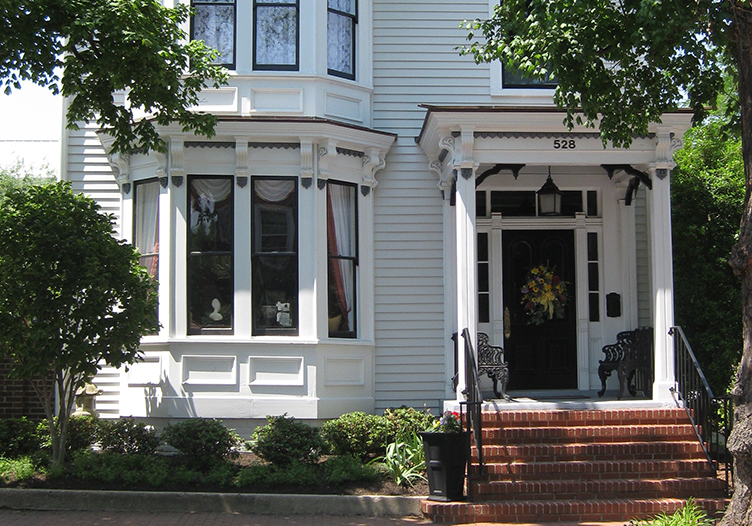
Down the street from the Richard Johnston Inn in the city's historic district, is the lovingly restored 1890 Caroline House. Owned initially by Jane Steady prior to the Civil War, the property was unfortunately destroyed in the December battle of 1862. This is the same battle that left the Richard Johnston Inn's front facade wounded. A stunning Victorian Home, the Caroline House was built in 1891 as a private residence for Robert Walker Adams, the city's treasurer. Historians call the house the "Shady Lady" due to a questionable exchange of property between Adams and his business partner, A.K. Phillips. Years later, the 1890 Caroline House left behind its “shady” past to become one of the most romantic and luxurious historic bed and breakfasts in Fredericksburg!
Pennsylvania
6. Gettysburg, Pennsylvania
Who can forget the Gettysburg Address? Delivered on November 19, 1863, in Pennsylvania, this is the most famous speech ever given by President Abraham Lincoln. In under three minutes, he reiterated the importance of human equality set forth by the Declaration of Independence. This speech took place four and a half months after the Union soldiers defeated the Confederates at the Battle of Gettysburg. Given at the Soldiers' National Cemetery, this was Lincoln's proclamation of the war as a new birth of freedom that would finally result in true equality for everyone. A major turning point in the Civil War, the Battle of Gettysburg marked the end of General Robert E. Lee's second and most daring invasion of the North. The battle lasted three days and ended with 51,000 casualties, making it both the bloodiest Civil War battle and the largest battle ever fought in North America.
Maryland
7. Antietam National Battlefield
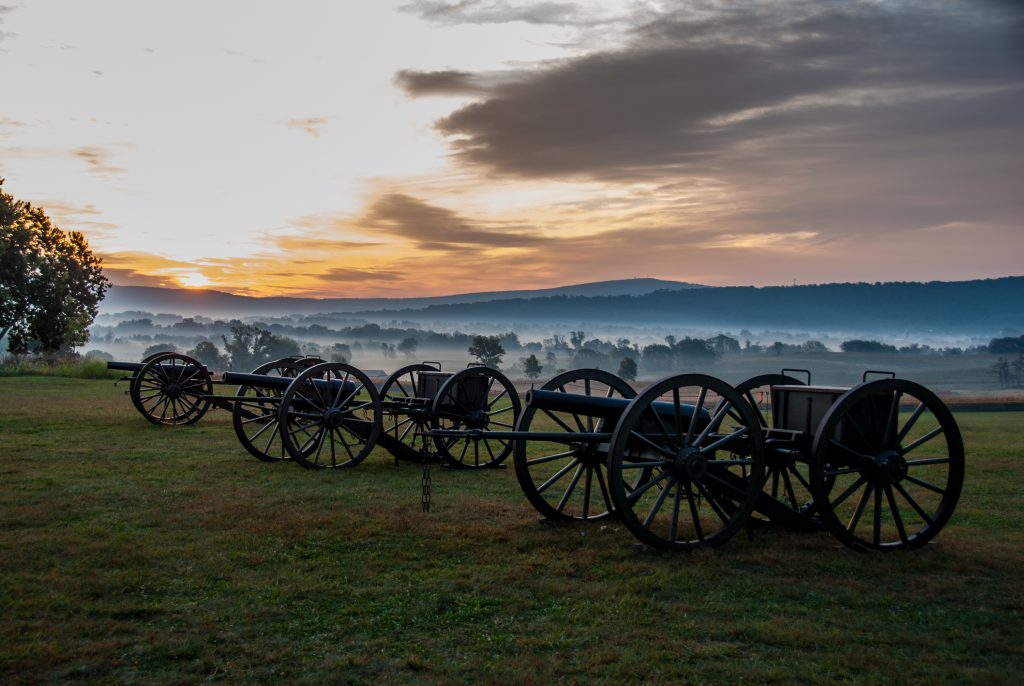
In September 1862, Confederate and Union soldiers marched through Maryland to meet at the Battle of Antietam. Today, you can drive the routes the soldiers traveled starting where Confederate General Robert E. Lee crossed the Potomac River into Maryland at Whites Ford and then on to Frederick. Along the way, stop and explore the cavalry and infantry action that took place. Once you pass Frederick, you'll continue through Middletown to South Mountain. The last stop of the driving tour is the famous Antietam Battlefield. The battlefield was the site of the bloodiest single-day battle of the Civil War.
Stay Select
Make the most of your Civil War road trip and stay in Select Registry inns and B&Bs. Maybe you’re interested in sleeping over in a historic, civil war-era manor or mansion. Perhaps you’d enjoy staying the night in a luxurious boutique hotel. Wherever you decide to rest your head, you’re guaranteed the history-filled vacation of your dreams!
Related Journal Entries
You haven’t selected any favorites. Look for the to add items to your favorites.
